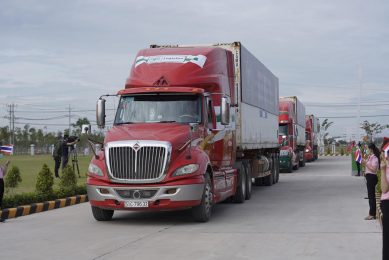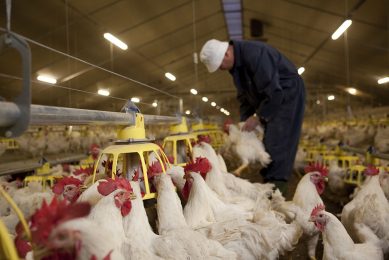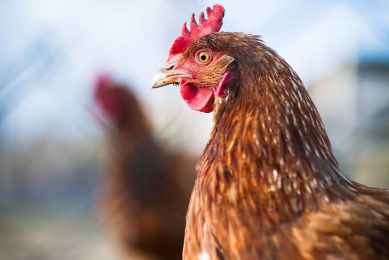Which Vietnam AI clues to use?
International health authorities are asking whether Vietnam’s success in fighting bird flu can be replicated in other countries where the virus is a problem.
Vietnam was one of the countries hit earliest and hardest by bird flu, but it has also controlled the virus more successfully than other affected nations.
With 93 infections, Vietnam has the highest number of confirmed human cases to date, but the country has reported no new human cases since last November, and only a few fowl infections this year.
The difficulty in sharing Vietnam’s success with other countries comes when trying to identify which of its intervention measures actually made a difference, as many steps were taken, sometimes concurrently.
Dr Richard Brown, a World Health Organisation epidemiologist based in Hanoi, said “It is actually difficult to know exactly what [the absence of human cases] is due to, because there were a number of different interventions applied.”
After all, Vietnam has culled infected flocks; instituted mandatory poultry vaccination; banned poultry rearing and live-market sales in urban areas; restricted commercial raising of ducks and quail; imposed strict controls on poultry transport within Vietnam and agreed to examine illegal cross-border trade.
The country also launched an aggressive public education campaign in the media and through outreaches by powerful internal groups such as the Women’s Union and Farmers’ Union. The country also compensated farmers for birds that had to be killed—initially at 10% of the birds’ market value, and now at 75%.
Dr David Dennis of the US Centers for Disease Control and Prevention has called the situation in Vietnam a “natural experimentâ€.
“Who knows what impact any of these interventions had?†he said.
Outside the country, experts presume the engine of flu control to be the pervasive influence of Vietnamese-style socialism, but within Vietnam, workers in avian-flu control say the country’s success depends as much on the population’s support as it does on political coercion.













